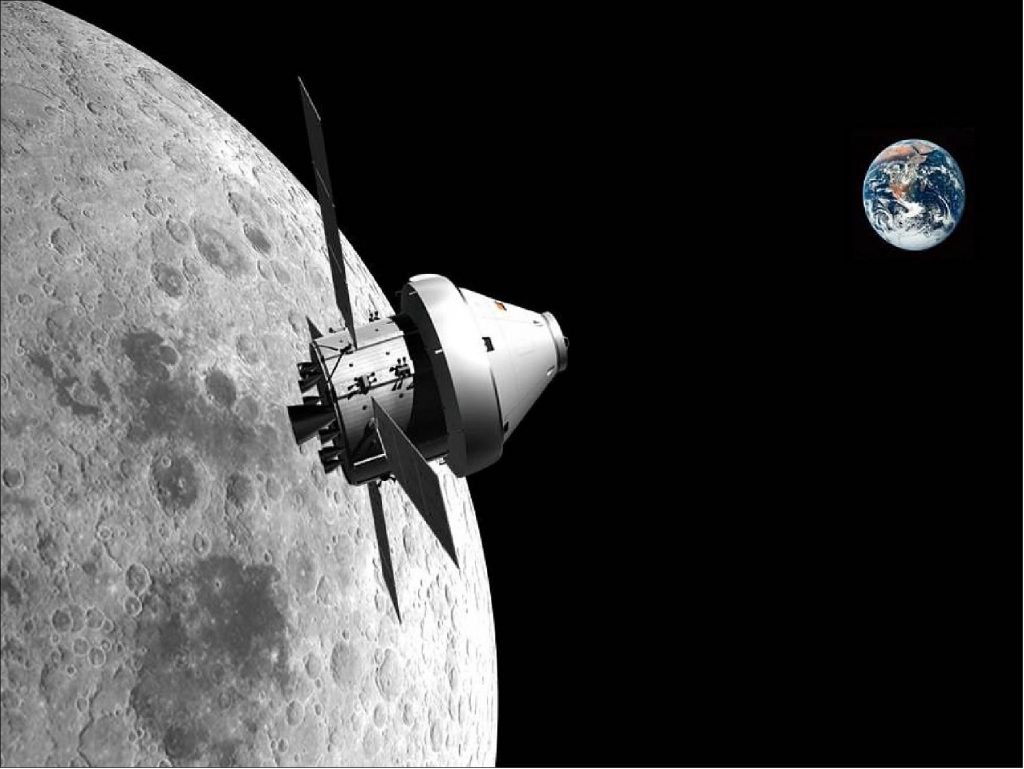The international lunar exploration program Artemis is taking humanity to the moon. This mission provided the first test of both NASA’s Space Launch System (SLS) and the Orion moonship, which was propelled beyond the Moon and into deep space by the ESM’s 33 engines. Future European Service Modules will provide electricity, propulsion, and cabin thermal control for astronauts on lunar missions, as well as a breathable atmosphere and drinking water.
This latest loss follows another launched by the uncrewed Orion spacecraft just over a month ago, the Solar Particle CubeSat (CuSP), with which NASA lost contact about ten days ago. According to Futurism, the loss of CuSP communications increased the total number of CubeSats out of service in the Artemis constellation to four out of ten, including NEAScout, which went offline immediately after launch.
The CubeSat is a square-shaped miniature satellite (10 cm—roughly the size of a Rubik’s cube), weighing about 1 kg. A CubeSat can be used alone (1 unit) or in groups of multiple units (maximum of 24 units). CubeSats can be used to test instruments, conduct science experiments, enable commercial applications, and support educational projects.
NASA’s lunar mission has exited the moon’s orbit. “NEAScout accompanied Artemis to the Moon but did a hard skid around it and is shooting out of the Earth-Moon system entirely,” McDowell tweeted, adding that “alas, it died soon after launch” and thus was “inert” anyway.
NEAScout, which was designed to study the small 2020 GE asteroid, was supposed to unfurl a massive 924-square-foot solar sail to get to the nearby asteroid, but those plans have been abandoned since its release. The Artemis CubeSats have had a bad month, and as the Harvard astronomer pointed out, there is no public trajectory data for the remaining nine.

